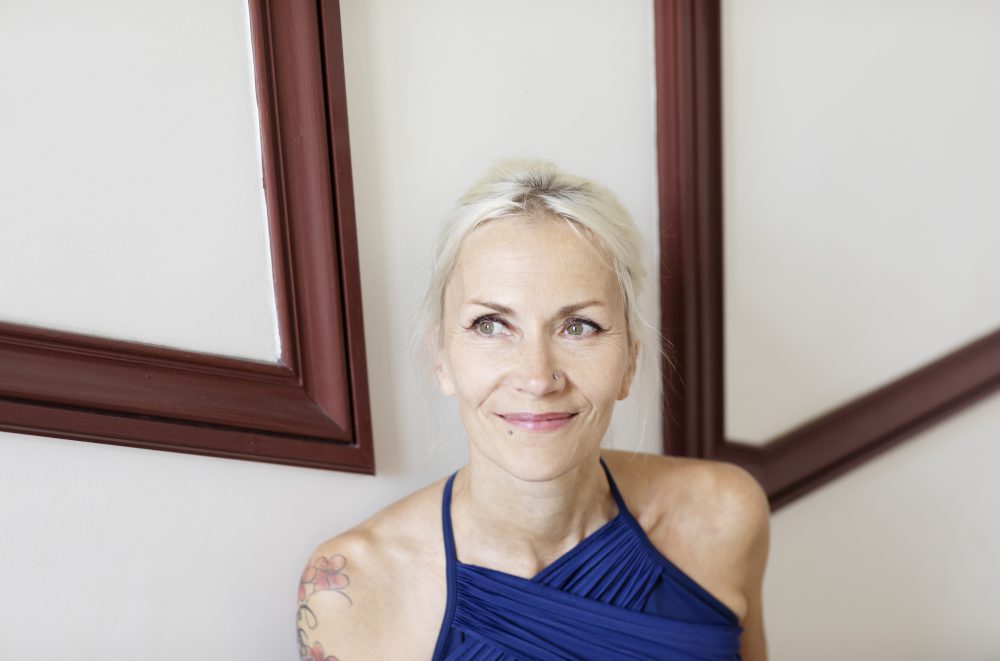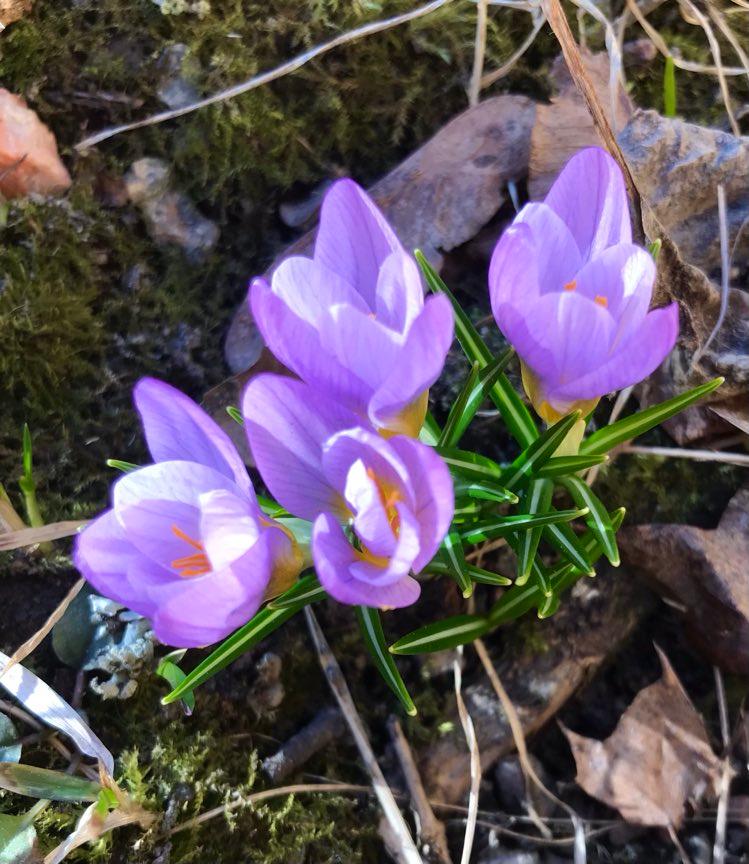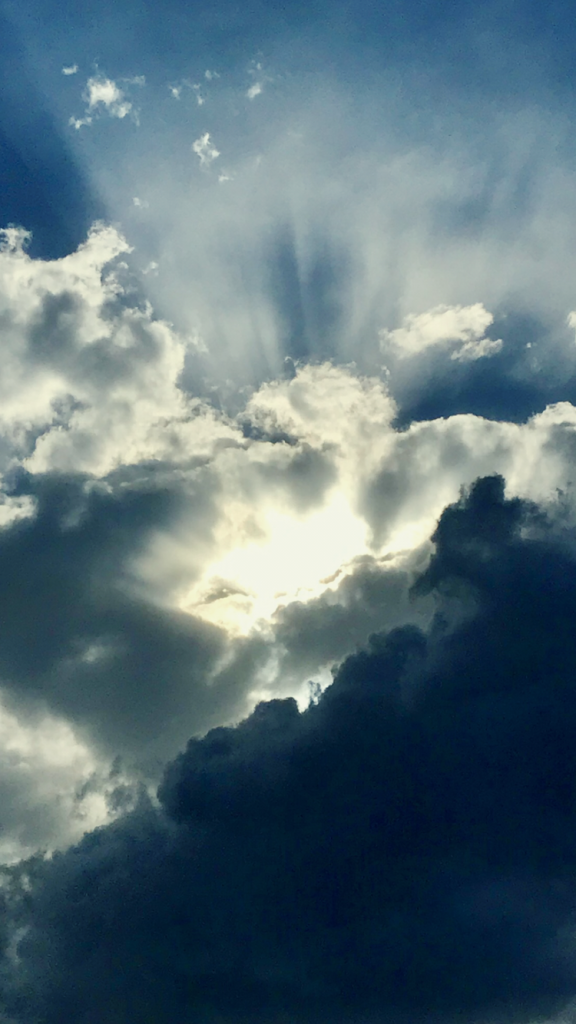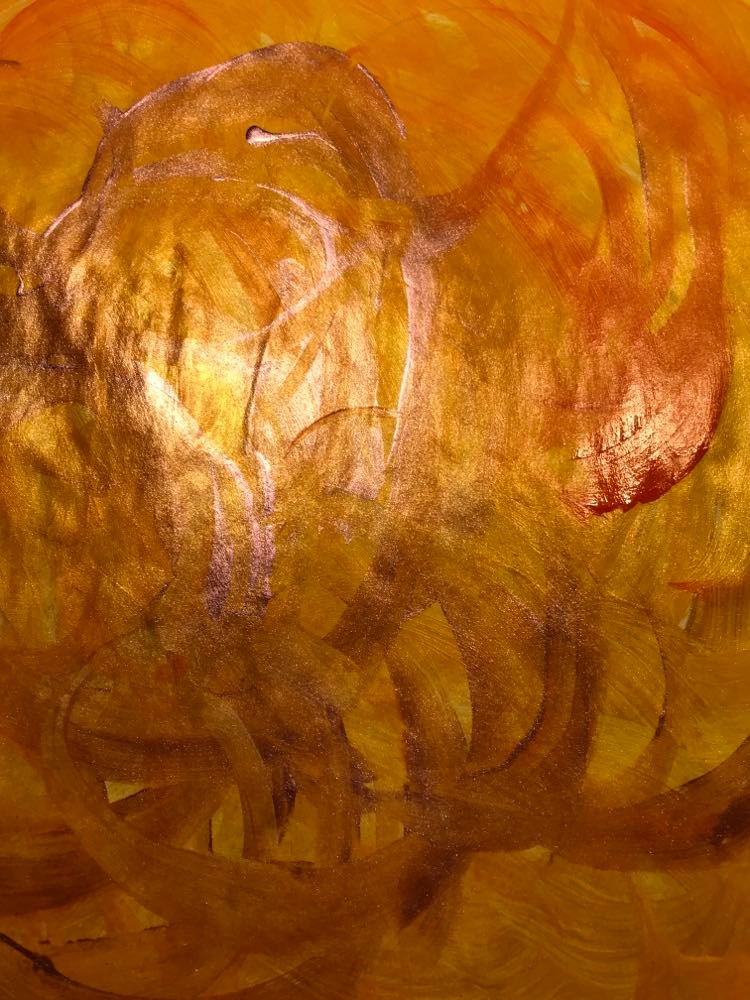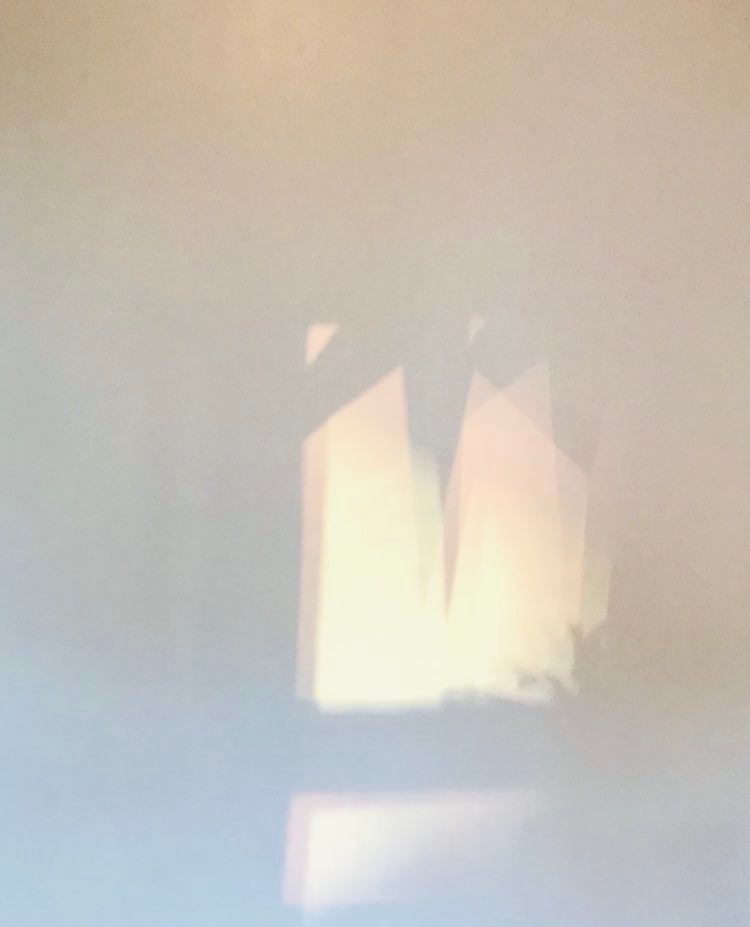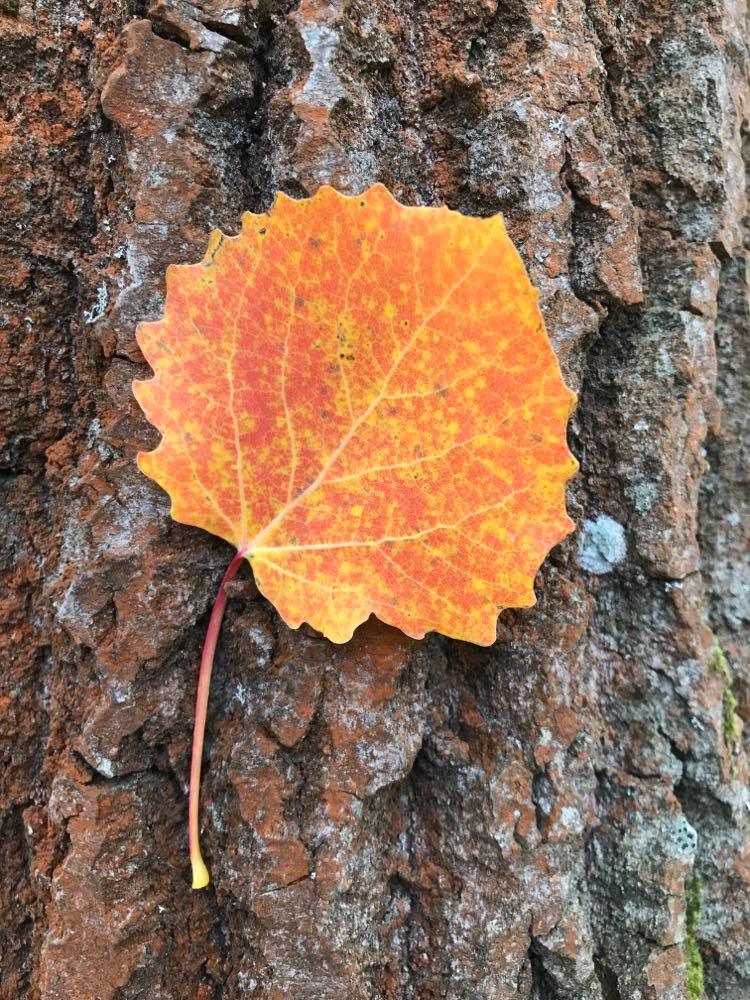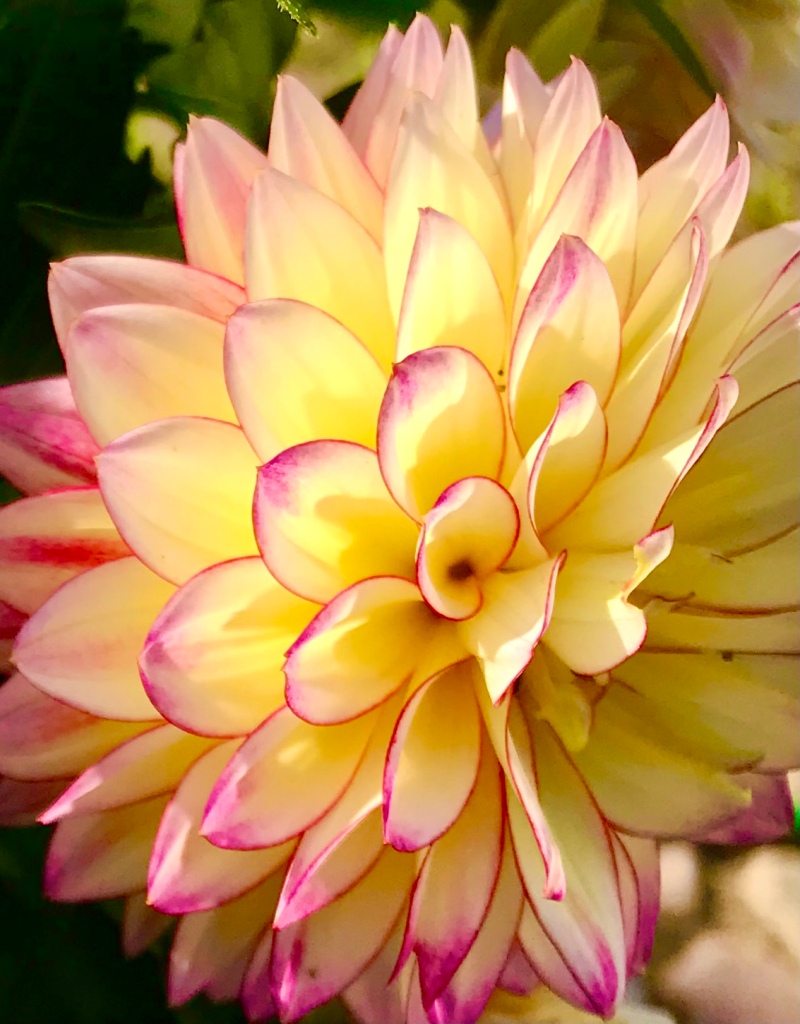AHIMSĀ 🟢 SATYA 🟢 ŚAUCA
In my yoga training that just ended the participants put forth some yoga philosophical topics they had been reflecting on and some questions about the state of awareness in the asana practice.
The first question was asked by Jenni. During the training she had concluded that I give the energy level the priority over the physical body when I adjust asanas. She wanted to be sure that she had understood me right. I first answered by admitting that that’s how I behave. But then I corrected my words by saying that everything always depends on the context.
Usually when yoga practitioners practice asanas as if they were doing some sports, which means that they put a lot of effort both in the movement and the immobility of the asana, they can’t feel the energy level of their bodies. The power of the physical body overrules it. Whereas if you approach the practice through the energy level, you have a bigger field and a different awareness and you can do a much more subtle practice. You can listen to your different bodies. Therefore, if from this starting point you realize your body needs more energy, power or movement, you can add more energy to it. But it doesn’t work the other way around.
As a yoga teacher and facilitator I have the same approach. I connect to the student in a bigger field to feel the whole. I listen to this to understand if our ”intentions” can connect too. If we are one on the energy level, it’s easy to bring the awareness to another element, i.e. to the reality of the physical body. When you are aware of these different fields, you can really support the student’s practice. For example, if the student has a very errant mind and her/his body feels unrooted, it’s essential to give rootedness with your own physical presence and clear touch. But if the student is very physical, it can be justified to have a lighter and more energetic presence to tune her/him to feel more than just the physicality and in a more sensitive and open way.
To teach yoga and to guide the students are both this kind of listening to me: Do we share the same awareness? Where are we? Are we on the physical, energetical, emotional, mental or spiritual level or on all of these? I can feel if the student is missing the awareness of one of these ”bodies”. My response to the student’s unaware parts come from the level the lack of awareness is manifesting. I could give an imaginary example. If the student is emotionally restless, the antidote to this from the teacher’s part is to be at the same time peacefully in her/his own body and in this emotional field to recognize the emotions.
Another student in this training, Emma, had been contemplating the principle of purity and cleanliness, śauca. She shared her insights of how śauca often comes close to the principle of non-violence, ahimsā. We talked about this for a while how ahimsā is also purity of thought and action. So, indeed, śauca and ahimsā are very close to each other.
And then one student, Viivi, told us how she had had challenges to keep herself to ahimsā with a neighbor who had been treated her badly. This was the moment I could bring all these topics together. All these principles of yama and niyama are expressed as energies in and around the body. Therefore ahimsā is also about energy. It’s a certain kind of prāna. That means it’s not a fixed concept, but very vivid attitude, very vivid energy which adapts to the life’s situations. You shouldn’t’ think that someone who is committed to ahimsā, never gets angry or never says anything against to anybody. On the contrary! Namely ahimsā means that you protect your boundaries, you don’t make yourself suffer! Sometimes we meet people who don’t respect what we say when we say it in a friendly way. We need to put more energy to make this person understand where the boundaries lie.
I believe that one misunderstanding in interpreting the yoga philosophy’s prescriptions on how to behave, is that you can’t use your power. I’ve seen a lot of how some yoga practitioners try to control their real feelings and energies in the fear of not following the yoga principles. Aggression as energy can be used in a constructive way. Because pure aggression is pure. It doesn’t harm anybody. It purifies the air and the situation. There’s no hatred, attack or destruction. And that’s why no hatred is left after the situation either.
If you try to hide your real feelings, if you try to be nice and understanding in front of some injustice, that’s when you’re not respecting the yogic principles, such as ahimsā, satya and śauca. Yoga doesn’t mean you deny yourself and you try to be something you’re not. Yoga means Life with a capital letter. We practice yoga on the energy level to be able to response to life with the most adequate energy. All energies are good when they are pure.

VAIKUTTAVA TRIO – AHIMSĀ 🟢 SATYA 🟢 ŚAUCA
Hetki sitten päättyneen joogakoulutuksen viimeisellä kerralla osallistujat ottivat poreilevasti esille sekä erilaisiin tietoisuudentiloihin liittyviä asanakysymyksiä että joogafilosofisia aiheita, joita olivat itsekseen pohtineet.
Jenni oli tullut siihen johtopäätökseen, että minä avustan asanaharjoituksessa lähinnä energiatasolla. Hän halusi varmistua, onko niin, että energiataso on prioriteettini. Kyllähän se oikeastaan näin on, mutta asiaa hetken pohdittuani vastasin, että kaikki riippuu aina tilanteesta.
Yleensä on niin, että jos ihminen tekee asanaharjoitusta urheillen eli fyysisesti ponnistellen sekä liikkeiden että asanan liikkumattomuuden aikana, häneltä jää kokematta kehon energiataso. Se peittyy voimankäytön alle. Kun taas, jos harjoitusta ja itseään lähestyy energiatason kautta, on saman tien laajemmassa kentässä ja tietoisuudessa ja voi harjoitusta tehdä selkeästi kuuntelevammin. Jos sitten havaitsee, että keho tarvitsee enemmän energiaa, voimaa tai liikettä, sitä on helppo siihen lisätä. Toisinpäin se ei onnistu.
Ohjaajana toimin samoin säädöin. Lähestyn oppilasta isommassa kentässä ja tunnen ensin kokonaisuuden. Tunnustelen yhdistyvätkö meidän ”aikeet”. Jos energiatasolla yhteys on, on vaivatonta siirtyä toiseen elementtiin eli fyysisen kehon todellisuuteen. Useammassa eri kentässä työskennellessään voi myös oikeasti tukea oppilaan tekemistä. Jos esimerkiksi oppilas on jotenkin pää pilvissä ja juureton, on olennaista tuoda fyysistä juurevuutta omalla kehollisella läsnäololla sekä tuntuvalla kosketuksella. Mutta sitten taas, jos oppilas on hyvin fyysinen, voi erilainen, kevyempi ja energeettinen läsnäolo, virittää häntä tuntemaan joko muuta kuin pelkän fyysisen olemuksen tai sitten ylipäätään herkemmin ja laajemmin.
Joogan opettaminen ja ohjaaminen ovatkin minulle juuri tällaista kuuntelua: missä tietoisuudentilassa olen oppilaan kanssa? Olemmeko fyysisessä, energeettisessä, emotionaalisessa, mentaalisessa, spirituaalisessa kentässä vai kaikissa näissä yhdessä? Tunnen, kun oppilaalta puutuu yhteys johonkin näistä “kehoista”. Myös ohjaus oppilaan kehojen tiedostamattomiin kohtiin tulevat juuri sen kehon tietoisuuden tasolta, jossa tiedostamattomuus ilmenee. Esimerkkinä tästä voisi olla tilanne, jossa oppilas on tunnetasolla levoton. Siihen vastalääke on olla ohjaajana rauhassa omassa kehossaan, ja samaan aikaan siinä energiakentässä, jossa emootiot liikkuvat, jotta ne voi tunnistaa.
Toinen osallistuja, Emma, oli miettinyt puhtautta eli śaucaa ja miten lähelle se lopulta tulee ahimsāa (elämän kunnioittamista). Puhuimme siitä, miten nimenomaan ajatuksen ja teon puhtaus on ahimsāa. Toki myös fyysisen kehon puhdistaminen ja puhtaus liittyvät läheisesti ahimsāan, koska itsestämme huolehtiminen on elämästä huolehtimista.
Kolmas osallistuja, Viivi, taas kertoi haasteesta pysyä ahimsāssa tietyissä tilanteissa. Hän oli halunnut noudattaa ahimsāa suhteessa naapuriinsa, joka oli jo pitkään käyttäytynyt törkeästi. Otin tästä kiinni ja jatkoin ajatusta energiatason asiana, miten yama- ja niyama-periaatteet ovat erilaisia energian ilmentymiä. Nimittäin ahimsākaan ei ole mikään kiinteä käsite, vaan aina elävä tietoisuus, asenne ja elävä energia ja siten eläviin tilanteisiin mukautuva. Siksi ei pidä ajatella, että ahimsāa noudattava ihminen ei koskaan suuttuisi tai sanoisi kenellekään vastaan. Päinvastoin! Nimittäin ahimsā-periaate sulkee sisäänsä tietenkin myös jokaisen itsensä ja niinpä meidän pitää pitää puoliamme ja kunnioittaa rajojamme. Joskus vastassa voi olla ihminen, jolle ei riitä se, että sanoo ystävällisesti. Laitamme ponnekkuutta mukaan sen verran, mitä tarvitaan, jotta tilanne tulee tasapainoon.
Uskon, että yksi väärinkäsitys joogafilosofian käyttäytymiseen liittyvien käsitteiden tulkinnassa onkin se, ettei ihminen voisi hyödyntää aggressiota eli omaa voimaansa. Olennaista on se, että aggressio käytetään rakentavassa tarkoituksessa. Olen kyllä nähnyt sitä, miten joogaajat yrittävät pidättää todellisia tunteitaan ja energioitaan siinä pelossa, että he eivät sitten enää eläisikään näiden periaatteiden mukaan. Kuitenkin puhdas aggressio on puhdasta. Se ei vahingoita ketään. Se puhdistaa ilman ja tilanteen. Se syntyy vastaukseksi johonkin energiaan. Siinä ei ole vihaa. Näin se ei myöskään jätä jälkeensä mitään pahaa.
Jos yrität peittää todelliset tunteesi, jos yrität olla kiva ja ymmärtävä loputtomiin jonkun epäoikeudenmukaisuuden suhteen, silloin vasta rikotkin erilaisia joogan periaatteita, kuten ahimsāa, satyaa ja śaucaa. Joogassa ei ole kyse siitä, että kieltää itsensä ja yrittää olla muuta kuin on. Jooga on Elämää isolla e:llä, eikä elämän kieltämistä meissä tai muissa. Harjoittelemme asanoitakin energiatasolla voidaksemme vastata elämään oikealla energialla. Mikä tahansa energia on hyvää, kun se on puhdasta.
